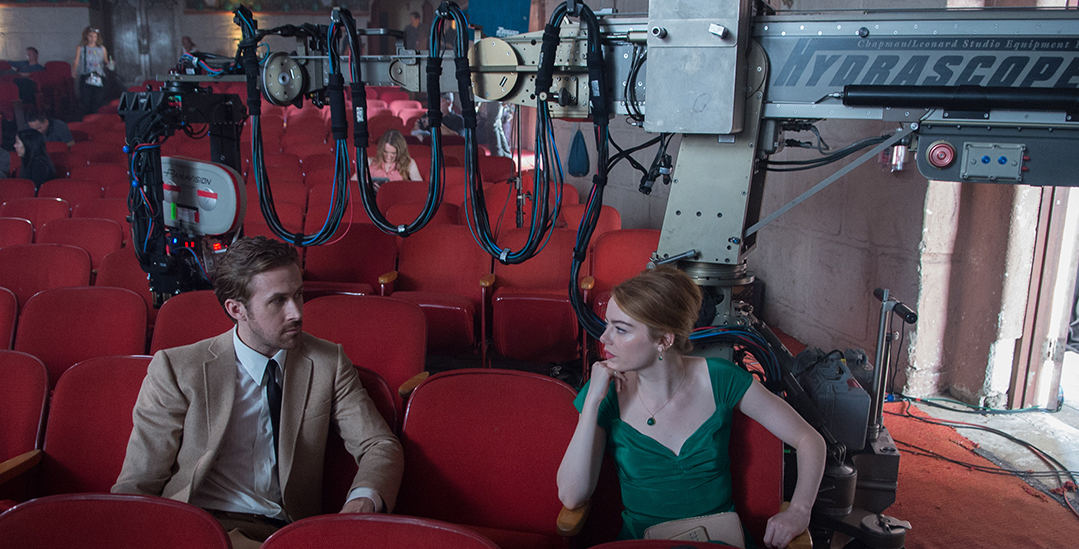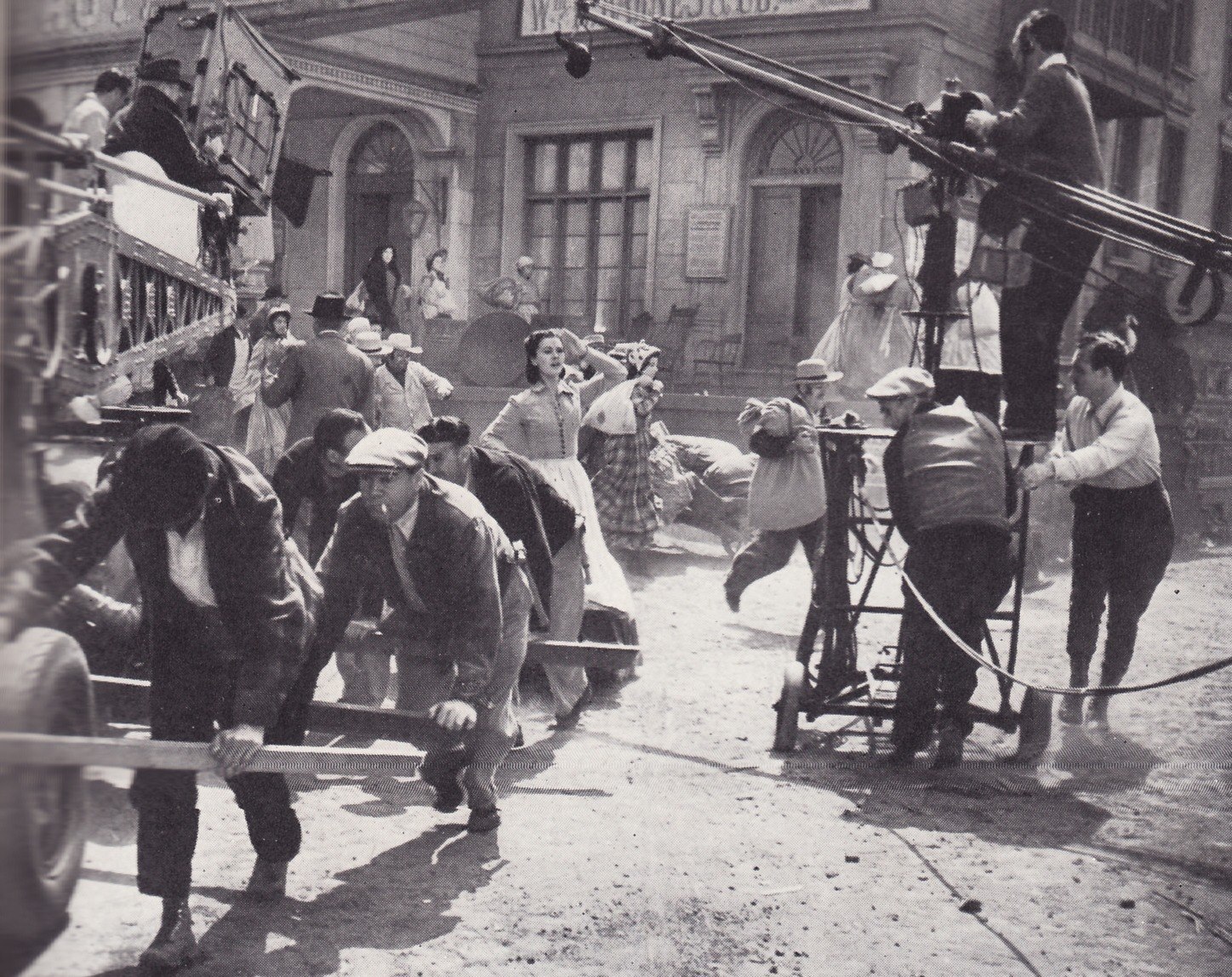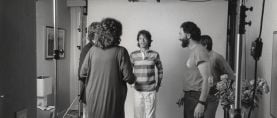
President’s Desk: The Cranes Are Flying
Thoughts on the use of camera cranes — a tool of visual storytelling since the very beginning of cinema.
They have always been part of our visual storytelling, from D.W. Griffith’s The Birth of a Nation and Abel Gance’s Napoleon to Hollywood musicals, Gone With the Wind — you name it. The swooping shots of contemporary cinema are more intricate than ever, but crane-mounted camera moves started out far shakier as filmmakers tried to find the right framing with their cumbersome gear. In the beginning, the cranes looked more like small cars that were moved on planks — heavy equipment that was at odds with the need for a smooth landing on a close-up.


There is a famous one-shot that opens director Orson Welles’ Touch of Evil. The movie was photographed by Russell Metty, ASC and the camera was operated by future ASC member Philip Lathrop. For the one-shot, Lathrop operated from a big Titan crane, tracking with the action and booming up and down. Made by Chapman, the Titan addressed earlier cranes’ stability problems by basing the crane on an army-inspired vehicle that was sturdy enough to combat the law of gravity. Touch of Evil might not be “perfect” by today’s standards, but it excels with great and purposeful intention.
Hollywood musicals created a heyday for the crane, perhaps best exemplified by Busby Berkeley’s dance routines. But the cranes themselves were still massive things mounted on trucks and carrying three people and a heavy camera. Such constraints imposed what sometimes felt like a pompous, deliberate style that was long associated with crane moves.
Then came the remote crane, the Louma, which was ingeniously conceived by Jean-Marie Lavalou and Alain Masseron. The Louma Crane created a revolution, enabling filmmakers to move through small windows and do 360-degree pans while allowing the crane’s chassis and arm to disappear, all of which is on display in Michelangelo Antonioni’s The Passenger, shot by Luciano Tovoli, ASC, AIC:
The Louma remote crane introduced a new kind of crane-based camera movement, agile and fast, that was impossible to execute with a classic crane.
The next variation came with the introduction of the retractable arm — evidenced in the Technocrane and other systems — which provides an extra dimension to crane shots. Crane shots are no longer just about camera elevation, as the telescoping arm provides the ability to execute dolly-like shots without moving the base of the crane.
We have come a long way since the days when a toboggan was used to move the camera, with idle crewmembers positioned as counterweights. Today, cameras are driven by software and computers, and we are able to repeat the moves with heretofore unprecedented precision. But, because the modern technology is so easy to use and so readily available, it feels increasingly like crane shots are “thrown in” randomly and without purpose. Compared to other shots, crane moves are far less likely to survive the editing room.
To remind myself of purpose, I like to revisit the film I Am Cuba (trailer above). Produced in the early ’60s by a group of Soviet filmmakers — most notably the cinematographer Sergey Urusevskiy, who also photographed The Cranes Are Flying (the title of which refers to birds, not camera platforms) — the film’s camera movement exudes purpose like no other movie in my recollection. Despite the comparatively primitive and often improvised tools at the filmmakers’ disposal, the resulting film demonstrates all the techniques that are so perfectly executed on today’s productions. The opening shot defies many modern Steadicam moves, as the camera descends in an outdoor elevator and then proceeds into a pool, underwater, emphasizing the decadence of the culture in the time before the Cuban Revolution. And then there are the acrobatic cable shots that follow the demonstrations.
There is also a crane shot that would seem to be impossible to execute with the standard crane of that era, and this prompted me to do some research. I just had to know how Urusevskiy had realized the move, and I found evidence of a regular, cumbersome crane on which a movie camera was rigged in parallel with a television camera that supplied the operator with a reference image while panning and tilting the camera by way of a couple of synchronized motors. The contraption looked hideous and clumsy, but in fact it was likely the first “remote crane” ever used. More importantly, though, the resulting shot is an undeniable source of inspiration. This is how to do a crane shot right.

Kees van Oostrum
ASC President







